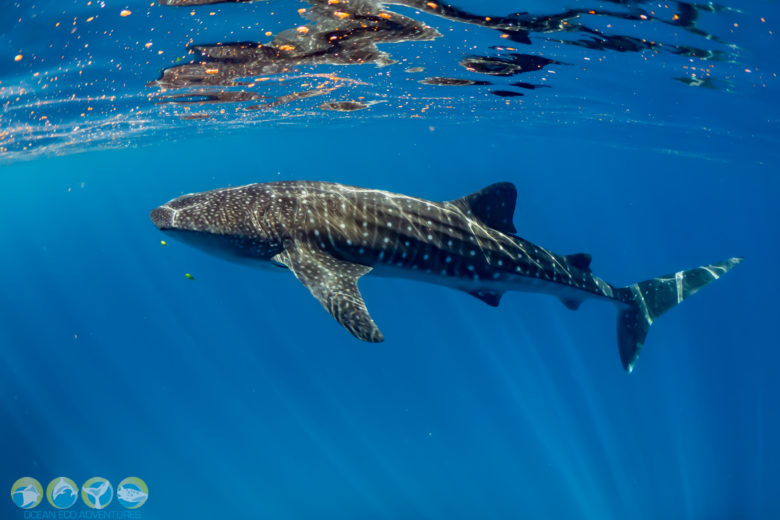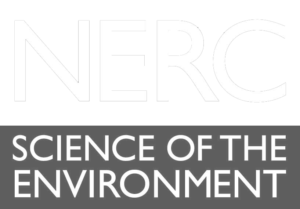New GSMP research projects launched
New research on MPAs, shipping interactions & ocean features
To mark the Bio-logging Decade (2018 – 2028) and ahead of UN Decade of the Ocean (2021 – 2030) the GSMP consortium have launched several new research projects.
In addition to our existing projects on shark space-use overlap with fisheries, effects of climate change on environmental niches of pelagic sharks, and ocean deoxygenation impacts, four new projects have now commenced:
- Global pelagic shark use of marine protected areas
Aims are to quantify the spatial and temporal scales of space use of pelagic sharks in marine protected areas listed by the IUCN World MPA Database and to model the potential impacts of expanded and new high seas MPAs on spatial protection.
- Risk of whale shark interactions with global shipping routes
Aims are to determine the interactions of whale shark horizontal and vertical movements with global AIS shipping movements to quantify overlap and estimate exposure risks to ship strikes across ocean regions.
- The influence of meso-scale ocean features on pelagic sharks
Aims are to co-locate movement trajectories of predators with mesoscale eddies, meanders, and submesoscale fronts and to compare inter- and intra-specific variability in how pelagic species use (sub)mesoscale oceanographic features across varying oceanographic regimes, including identifying drivers of and behavioral responses to oceanographic features.
- Testing the latitude niche breadth hypothesis in sharks
Aim is to test whether niche breadth increases with increasing latitude (Latitude Niche Breadth hypothesis) in the marine realm using sharks as a model taxa. This project will be undertaken in conjunction with the Chondrichthyan Stable Isotope Data Project (CSI-DP).






